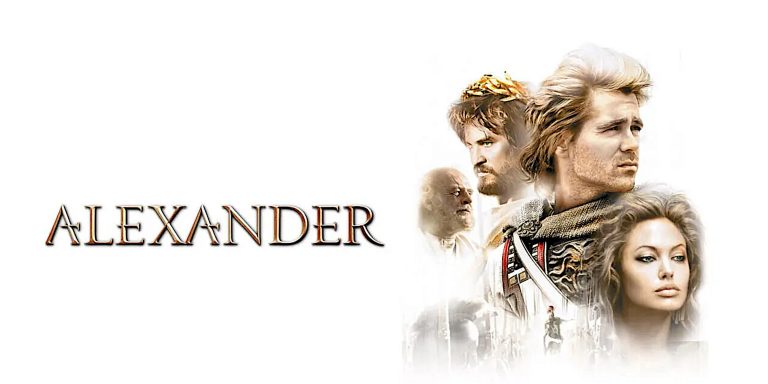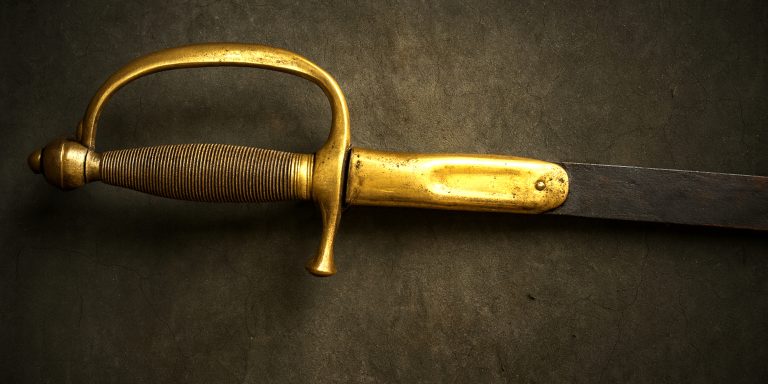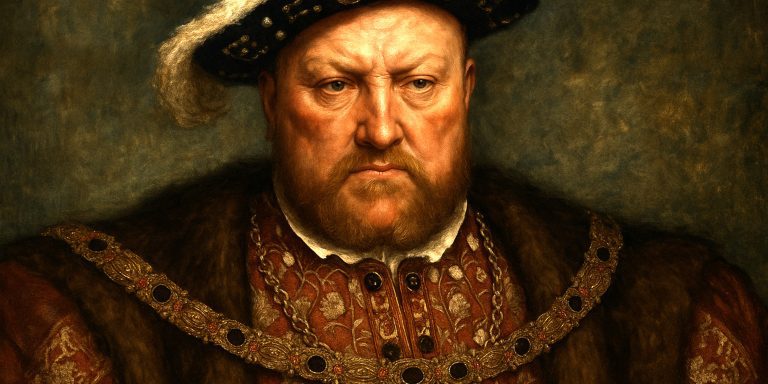
I have spent enough time with Homer and the later cycles to feel both admiration and a mild headache when trying to pin down Achilles. He shifts a little depending on who is telling the story, yet a few traits remain solid enough to treat as historical tradition rather than drifting myth.
Achilles is presented as the deadliest fighter of the Achaean host at Troy, a man shaped by training, governed by strong feeling, and armed with gear that mixes Bronze Age realism with touches of the fantastical. When read carefully, these traditions offer glimpses of actual Late Helladic warfare and the values that framed heroic conduct.
Arms and Armour
The equipment attributed to Achilles varies depending on the source, but the general picture holds steady. He fights as an elite Mycenaean warrior from a wealthy household, someone with top tier bronze equipment and the kind of craftsmanship only a king could afford.
Helmet
He wears a bronze helmet fitted with cheekpieces, often described as crested. In Homeric vocabulary this helmet is not unusual, but later writers emphasise its decoration. It would probably have resembled the tall and sometimes lavishly worked helmets seen in Mycenaean iconography.
Cuirass
A bronze corselet of the type known from finds at Dendra fits well with the age traditionally assigned to the Trojan War. Thick plates of bronze fixed over a padded underlayer gave real protection. The description of his armour shining like a fire on the plain matches what polished bronze actually does in full sun.
Greaves
Bronze greaves appear consistently. They protect the shins and are shaped to the leg. They were often held in place by tension in the metal rather than buckles.
Shield
The shield of Achilles is the most famous item in his kit, described in the Iliad with elaborate detail. Although the mythical version is heavily adorned with scenes of cities, harvests and dances, at its core it is recognisable as a large round shield of layered material. A real Late Helladic shield would have been of composite construction with bronze facing, wood, and leather. Homer exaggerates, as poets do, but the foundations are plausible.
Weapons
His main weapon is the spear, which aligns with Bronze Age fighting practice. The spear was both a thrusting and a throwing weapon. Achilles also carries a sword at his side, likely a bronze slashing sword with a leaf-shaped blade, a type well attested archaeologically. Again, Homer heightens the language, but the underlying kit has credibility.
Battles
Achilles dominates the fighting in several key moments of the Trojan War.
Early career
Although not detailed in Homer, later tradition credits him with campaigns in the Aegean, including the capture of several islands that supplied the Achaean forces. These stories show him as a seasoned commander before he ever lands at Troy.
Initial phase at Troy
In the early years he is central to many raids and assaults. The Iliad gives only a small window into the tenth year, but other traditions insist that Achilles had been steadily wearing down Trojan allies long before the poem begins.
Withdrawal from fighting
The quarrel with Agamemnon pulls him out of the line. This is not simple petulance, as some later critics claimed. It reflects the heroic code of the age, where honour is a practical currency. Achilles fights for status and recompense, not for blind obedience.
Return to battle
The death of Patroclus pushes him back into the field with a ferocity that feels almost uncomfortable. Homer uses him as an example of what happens when personal rage overrides social expectation. He kills Hector in single combat, an act presented with both admiration and sadness.
Final exploits
Later epics describe his killing of Penthesilea and Memnon, along with other duels. These scenes build his legend as the most lethal warrior of the age, although they belong to the later cycle rather than the core Homeric text.
Military Acumen
Achilles is not only a fighter, he is shown as an intelligent commander.
He leads the Myrmidons with a discipline that stands out. His men keep formation, pursue effectively, and rally quickly. The poem hints at training, not merely inherited ferocity. His tactical awareness appears in his pursuit of Hector, where he aims to deny the enemy the protection of the city walls. Even his withdrawal shows a certain strategic instinct, since it exposes the dependence of the Achaeans on their elite fighters.
Achilles also understands morale. The grief of the Myrmidons after Patroclus falls is one of the more human notes in the tradition. It shows that Achilles inspires loyalty through more than battlefield brilliance. There is something personal in his leadership that later Greek commanders admired, even when they found his temper troubling.
Personal Reflections as a Historian
The most striking thing about Achilles is that he feels believable even when wrapped in legend. Strip away the more theatrical touches and you have a recognisable elite warrior from the Late Bronze Age. Wealthy. Trained from childhood. Bound to a strict honour code. Fiercely aware of the value placed on reputation. To my mind, this grounding is what kept his story alive long after the real armour and palaces of the age had crumbled.
I also find Achilles useful when teaching. He lets us discuss both Mycenaean warfare and heroic ethics without needing to pretend he is a literal historical figure. He stands for the kind of warrior society that once existed around the Aegean, captured imperfectly but vividly in oral tradition. When his rage flares, it is a reminder of how unstable such societies could be. When he mourns, it shows that even the deadliest hero carries the burden of human feeling.
If nothing else, Achilles reminds us that the ancient world was full of contradictions. Strength tied to vulnerability. Honour tangled with pride. It is no surprise that poets treated him as the embodiment of the heroic age. He gives us enough clarity to study, and enough mystery to keep returning with fresh curiosity.
Watch the documentary:



